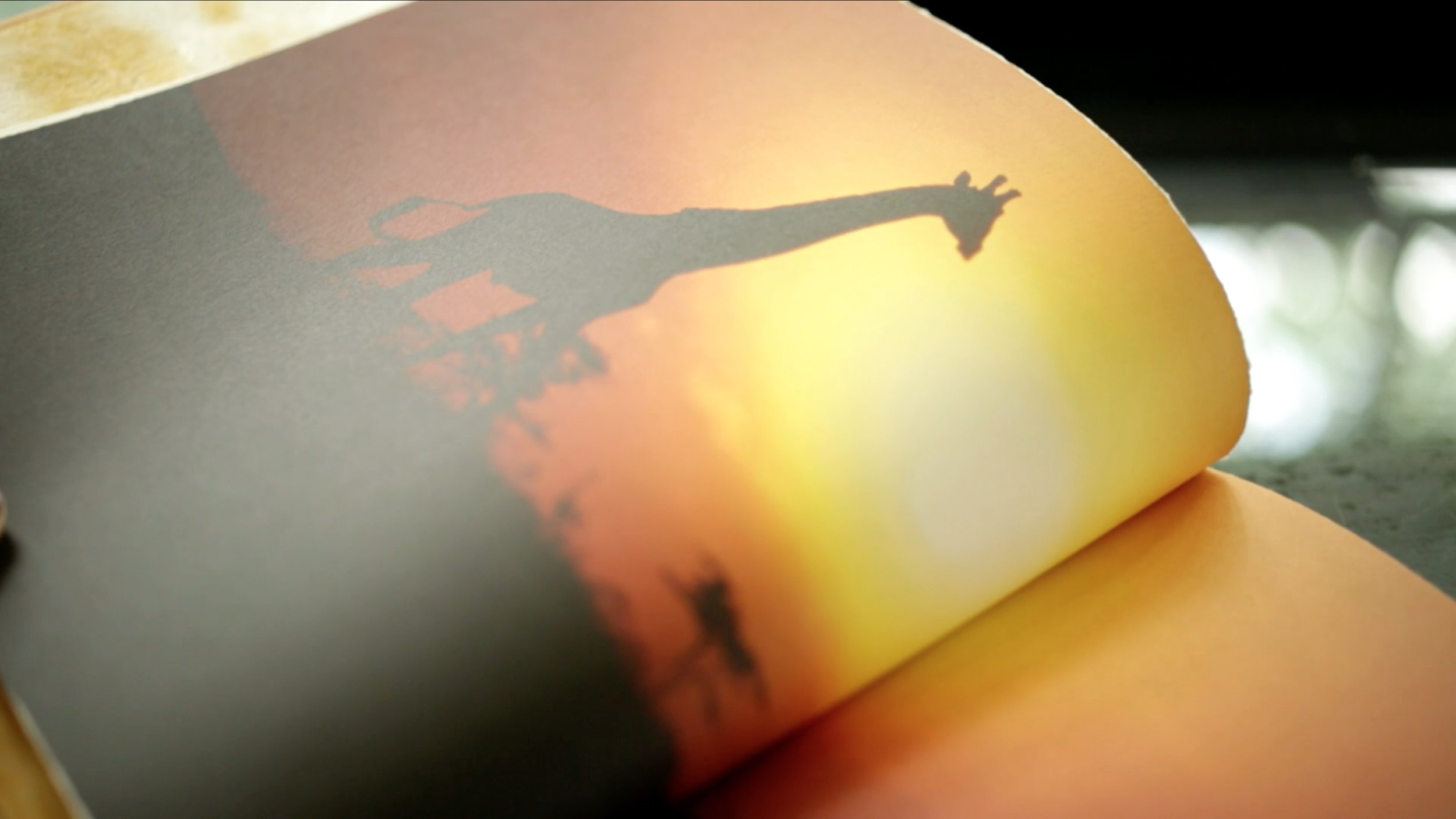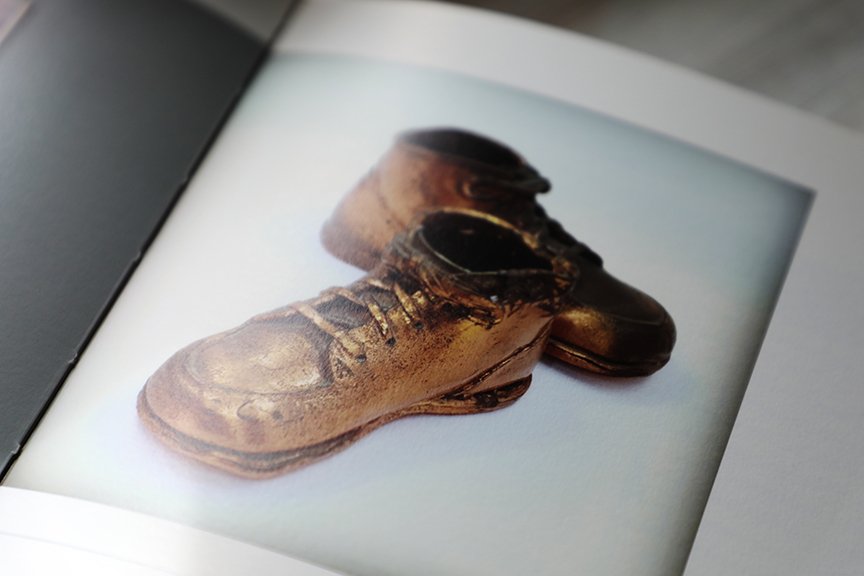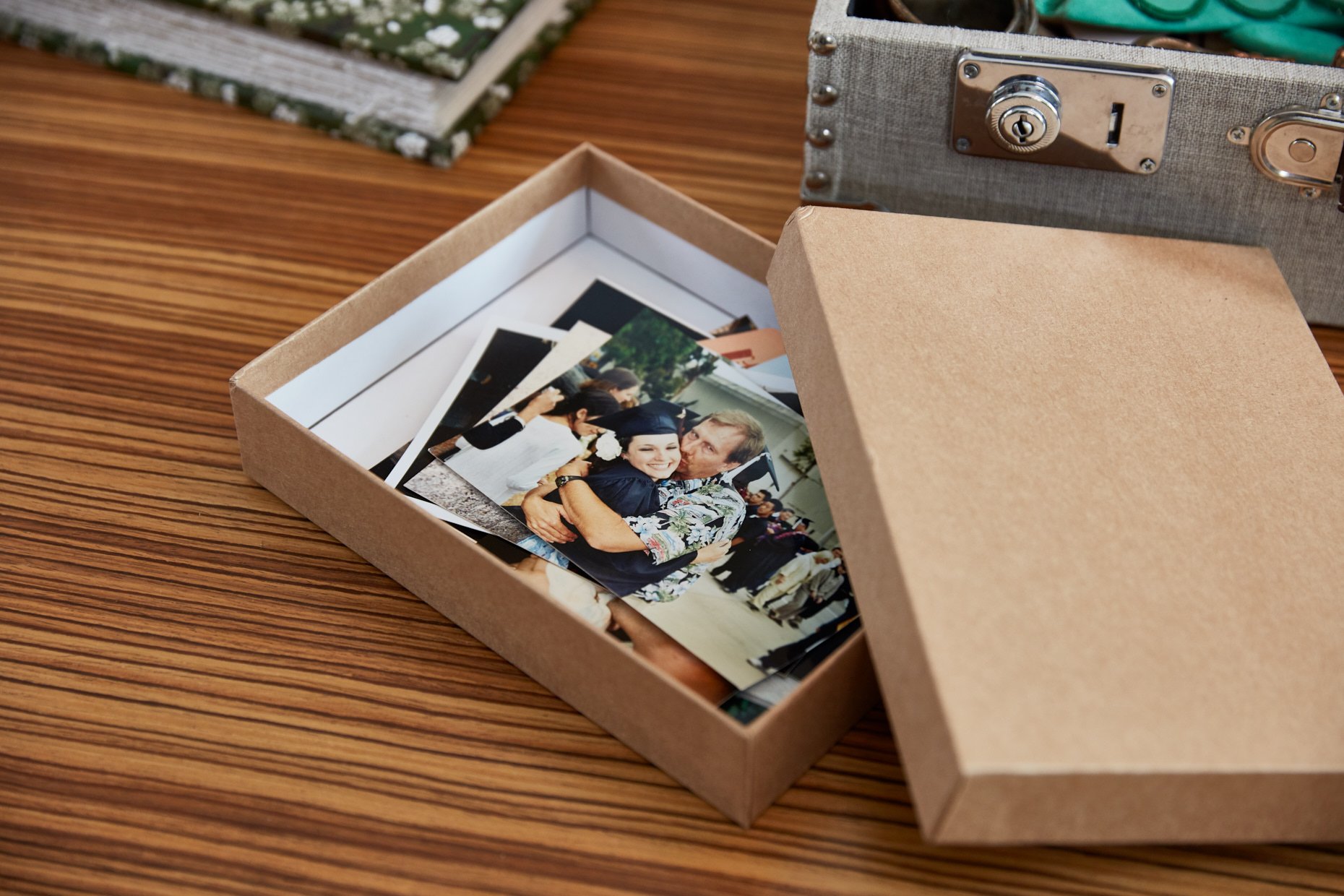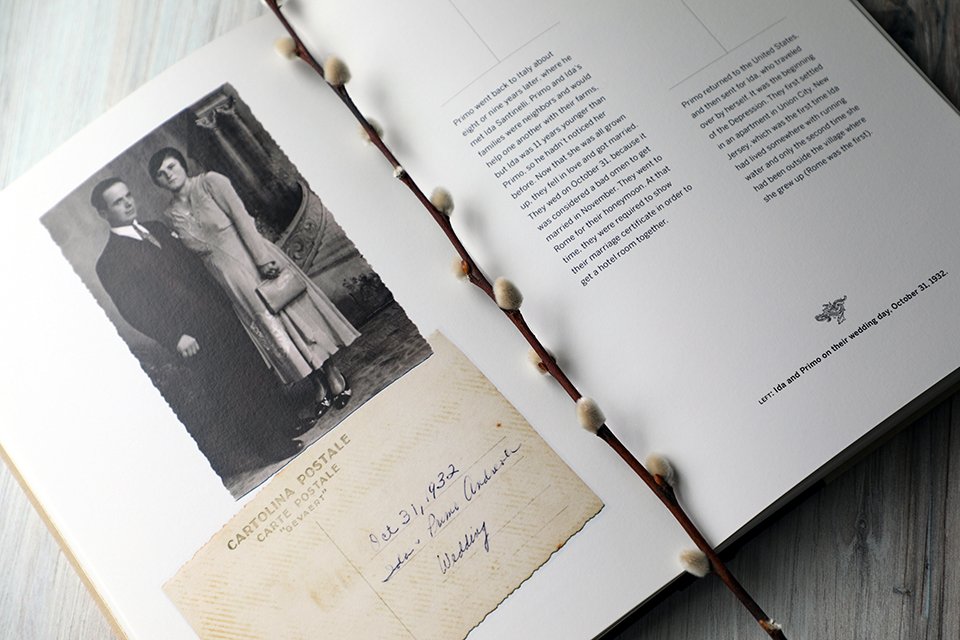Are you a photo hoarder? Here’s help.
When the number of photos on your smart phone is in excess of—what, 10,000?—you’re in danger of being a photo hoarder.
We all take pictures (now more than ever: apparently one trillion photos were taken just this year!)—but what we do with them is highly individual. My mom always had her photos developed and every other year or so she’d sit down to the task of making an old-fashioned album (you remember the kind: with those clear magnetic page overlays to hold the pics in place?). My mother-in-law, on the other hand, stashed piles of pictures in drawers until they were so overflowing the drawers could no longer be opened (hey, that’s one way to protect your pictures!).
These days, technology has changed the game a lot, but there are still countless people who let their pictures languish somewhere—on their cell phone, on their social media feeds, on their camera’s HD card. (Do a Google search of “photo hoarder” and at the top of the absurd 1.56 million pages of results you’ll see that “picture hoarder” is even a term in the urban dictionary.)
20 years from now, you don’t want to feel like you are drowning in photos—you just want to remember!
Sound familiar? The first step is admitting you have a problem—say it: “I am a photo hoarder.” Next, take it a day at a time, starting with this plan.
Take out the trash.
One step at a time: Let’s start deleting images that you don’t need! Instead of playing Candy Crush or Hangman on your daily commute, scroll through your photo feed and start hitting delete. It may take weeks with this approach, but at least it’s a start!
Here are a few criteria that can help you quickly determine which photos to throw away first:
Duplicates. Did you take four shots of your lunch to see which one was best to post to Instagram? At least three of them are garbage (and that last one, really—will you need that for posterity?).
Screenshots. You took a screen grab of your text chat to email a friend, and another of a book on Amazon you wanted to remember to buy later. Smart phone technology definitely makes life easier, but it also makes it easier to hoard ridiculous images. Scanning your photo feed for these is simple and quick—do a batch delete!
Indecipherable. Dark, blurry, whatever—if you can’t remember what that shot is now, you’ll never need it later.
For all your other pictures that may fall into a grayer category, ask yourself these questions to help you determine if a photo is a keeper or should be dragged to the trash:
Does the picture tell a story that you want to remember?
Is it a spectacular photo? (If it doesn’t tell a story and isn’t really great, chances are you don’t need it.)
I don’t mean to oversimplify, but really, why would you need 3,000 average photos that don’t hold meaning to you? The real challenge lies in answering question number one honestly.
On a personal note: Avoid guilt! Don’t try to argue with yourself and find reasons to keep a photo. Deleting a picture of your child does not mean you love him any less. Your photo library is like your personal museum: You must be a curator. Trust me, 20 years from now if you want to reflect on a particular time in your family life, you don’t want to feel like you are drowning in photos.
Be vigilant going forward.
It’s a lot easier to maintain order than to have to clean out your photos in an overwhelming project every few years.
Set a reminder in your schedule every three months to do a quick cleanse of your digital photo libraries.
Consider hiring a professional photo organizer to help you keep things in check. I am happy to recommend someone near you, or if you are undertaking photo organizing as a precursor to creating aa book, I can help.
Get in the habit of deleting subpar photos right after taking them.
Recover your pictures from social media.
Facebook, Instagram, and Twitter should not be considered backup for your precious images. They are sharing tools, period. If you’ve been guilty of uploading pictures to social media and then deleting them from your phone or computer hard drive, please, repeat after me: I will not let my pictures live solely on social media.
Then get to work. There are tools to help you recover your photos, though not always at as high a resolution as you had originally uploaded them. For Facebook, go to your Account Settings >> General Account Settings and at the bottom click on the option to “Download a copy of your Facebook data”; you will get a .zip file that should include all your photos and videos. Instagram does not allow direct download of your images, but there are a variety of tools outlined in this helpful article.
If you are not technically savvy or this job just seems too tedious or time-consuming for you, there are pros who can help.
How many pictures are on your digital devices? (Yes, I am asking about ALL of your devices combined!)
Make a sustainable plan.
If your phone really is your primary camera, as it is for so many people, make sure you connect it to your computer regularly to synchronize images. I recommend investing in cloud storage of some kind—there are plenty of inexpensive options, and you are able to back up not only your images but your contacts, calendar, and emails, as well.
If you have a DSLR or a digital point-and-shoot camera, do not rely on your camera’s HD card as the only method for storing your photos. Invest in an external hard drive such as the LaCie Porsche, which can store up to 4TB of data—that’s more photos than even most selfie-obsessed photo hoarders can take in a decade!
Free Guide to Using Your Photos as Writing Prompts
You’ve saved all those pictures for a reason—why not use them to help tell the stories of your life?



























Sure, smart phone memory is getting cheaper—but is that reason enough to save every photo in an endless scroll? Don’t lose your memories amidst digital clutter!